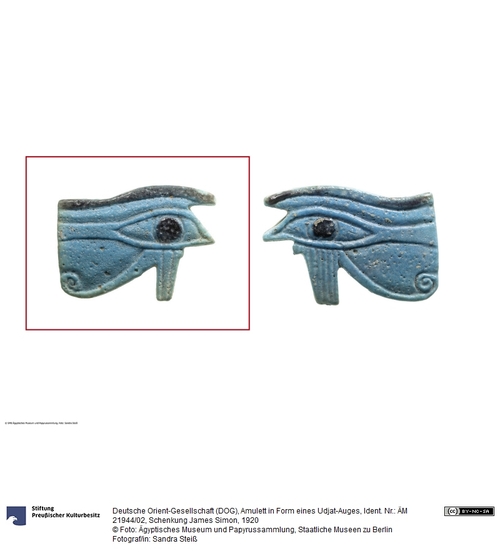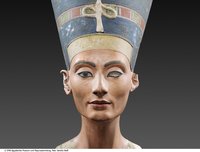Das Udjat-Auge war in Ägypten das beliebteste Schutzamulett. Es besteht im Zentrum aus einem menschliche Auge, das kombiniert ist mit einem senkrechten Strich und einer Spirale, Elemente des Falken- und des Pantherauges.
Udscha bedeutet heil und gesund sein. Ein Auge des Gottes Horus wurde beim Kampf mit seinem Onkel Seth um die Herrschaft über Ägypten verletzt. Dieses Auge fügte der Weisheitsgott Thot wieder zusammen und heilte es. Als Amulett half es bei der Genesung von Krankheiten und schützte seinen Träger vorbeugend vor allem Übel sowohl im Leben als auch in der jenseitigen Welt.
en

